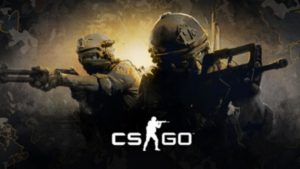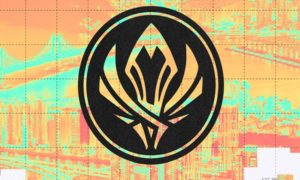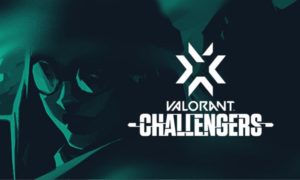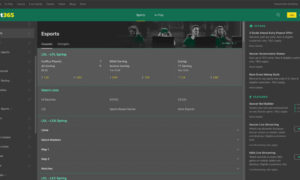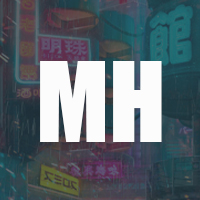Counter Strike is one of the classic PC shooter games with an initial release in 1999. The latest entry in the series: Counter Strike: Global Offensive, or CS:GO maintains the same core gameplay of Terrorists vs Counter Terrorists. To help spice the game up a little and add a little variety to it that may help attract new players, Valve added a new game mode called Danger Zone.
Danger Zone is a Battle Royale game mode that applies new challenges to veteran players. While most game mechanics transfer, the economy is entirely different as are the strategies needed. To recognise the different challenges in the Danger Zone, it has an entirely different ranking system from the rest of the game.
What are the Danger Zone Ranks?
Danger Zone has a range of fifteen ranks, although you’ll only be assigned one after you play a few matches. The ranks start with Lab Rat I, then Lab Rat II, Sprinting Hare I, and Sprinting Hare II. Above that you get Wild Scout I, II, and Wild Scout Elite. Next is Hunter Fox I, II, III and Hunter Fox Elite. Finally, the best of the best can reach the CS:GO Danger Zone Ranks of: Timber Wolf, Ember Wolf, Wildfire Wolf, and The Howling Alpha.
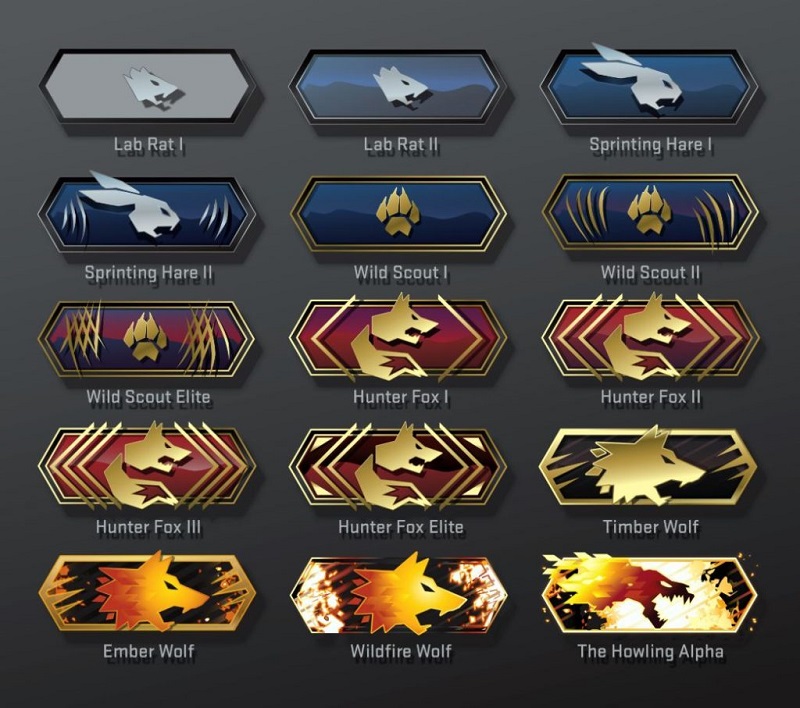
How do Danger Zone Ranks work?
Most ranking systems – including CS:GO’s Competitive and Wingman systems – analyse the performance of the player, then place them at their determined rank and use that to matchmake them against players of similar calibre (pun intended). This tried and tested system is designed to make matches fairer for everyone, giving everyone a reasonable chance of winning.
Strangely, the CS:GO Danger Zone rank system doesn’t work this way. Instead, almost no matchmaking happens, you are placed in matches with players of any other tier, so a Lab Rat I can run into a player ranked as The Howling Alpha.
The only matchmaking that is applied is squad size and region based. Danger Zone can be played in Solo, Duo, or Trio modes. Solo players are placed up against 15 other lone wolves, while Duos and Trios are placed in matches with other hunting packs totalling up to 18 players.
This does have the effect of making matchmaking quicker, especially for players at either extreme of the Danger Zone ranks. It also means that player ranks can’t just be based off of win/loss ratios, as this would be pretty unfair to most players. The exact specifics of the ranking system are a mystery, which is probably for the best, however, some things can be assumed.
How can you rank up in Danger Zone?
If your win/loss ratio can’t be used to rank you, then it stands to reason that the game must look for other stats to determine player skill levels. The most obvious is the classic kill/death ratio, as better players will be more likely to survive more engagements.
Perhaps slightly less obvious is aggressiveness. A common tactic in many battle royale games is to hide, wait for everyone else to kill each other, and then try to take out the survivors. While there’s nothing wrong with this strategy and it can certainly be an effective way to win, it doesn’t necessarily make you a better player. In fact, in many ways it leaves you with less practice with the weapons and utility when compared to more aggressive players with similar playtimes, potentially putting you at a disadvantage.
To sum up our tips for increasing your Danger Zone Rank:
- Try to learn how to best use the variety of weapons and utility available
- Try to turn up the aggression
- Don’t take fights you know you can’t win
- Learn how to use the tablet quickly, while also staying aware of your surroundings
- Click heads!
If you’re interested in CSGO betting, check out our recommendations and have fun.

